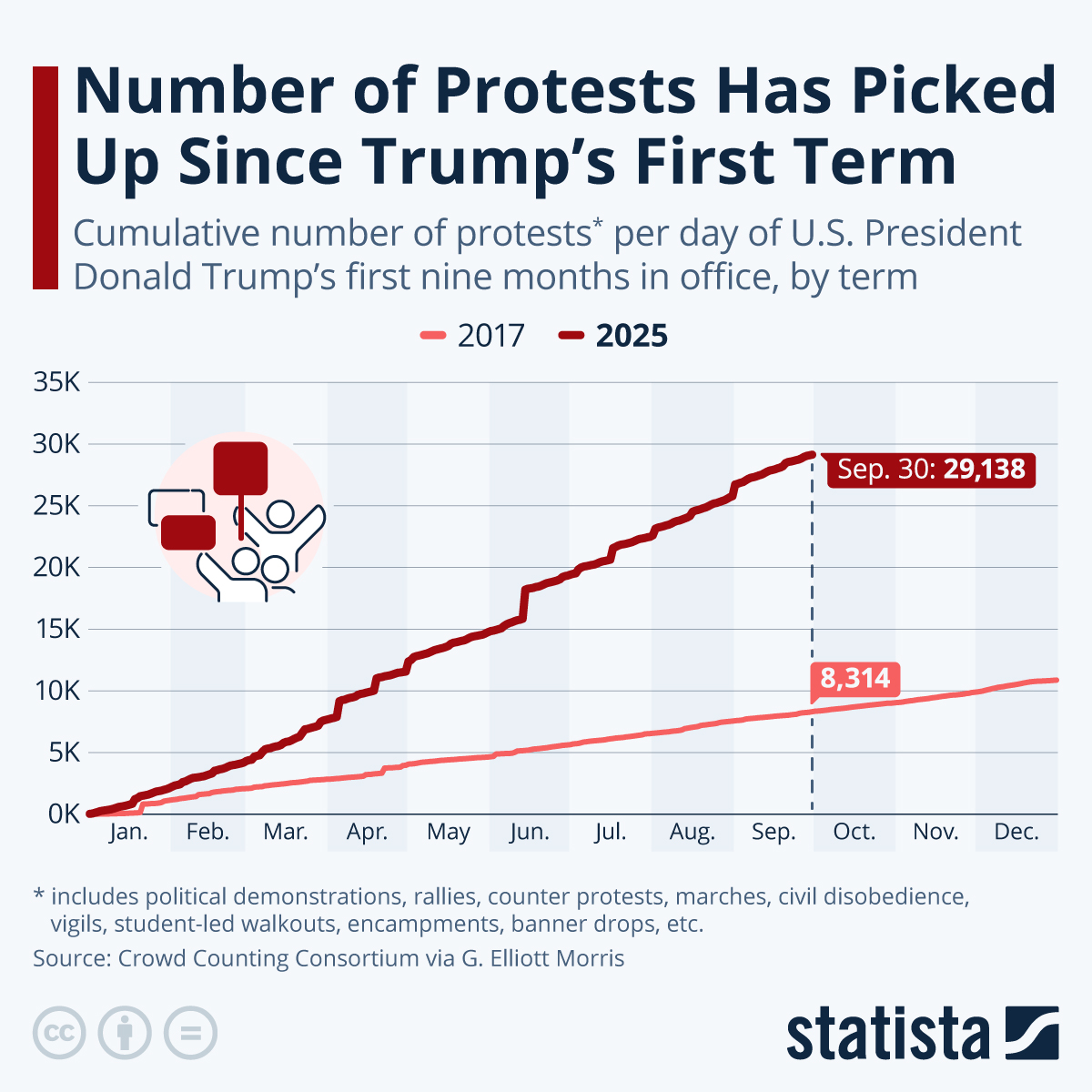Why Do All U.S. Newborns Still Get a Vaccine Most Wealthy Nations Skip?

Source: Children’s Health Defense
Since 1991, U.S. health authorities have recommended universal hepatitis B vaccination for all infants, replacing an earlier risk-based strategy that targeted only those born to high-risk mothers.
The policy’s logic was clear: infants infected at birth face up to a 90% risk of chronic infection, and about one in four of those chronically infected later die from cirrhosis or liver cancer.
The timing of the first dose — now required within 24 hours of birth — was added in later Advisory Committee on Immunization Practices (ACIP) updates to ensure early and complete protection.
Before universal vaccination, an estimated 18,000 U.S. children contracted hepatitis B annually — half through perinatal transmission. Today, that number has dropped by 95%, with fewer than 20 newborns reported infected at birth.
The birth dose acts as a safeguard against a virus 100 times more infectious than HIV and initiates protection immediately.
Could it be the case that with perinatal hepatitis B infections now exceedingly rare — fewer than 20 cases reported nationwide each year — the rationale for vaccinating every newborn on day one has weakened?
The U.S. already screens virtually all pregnant women for hepatitis B, and when an infection is detected, the combination of hepatitis B immune globulin (HBIG) and vaccination within 12 hours is over 90% effective at preventing transmission.
Improvements in prenatal care, electronic health tracking and laboratory accuracy have closed most gaps that the 1991 universal policy was meant to address.
In countries with similar or higher standards of care — such as the U.K., Germany, France, Canada and Japan — selective birth-dose programs targeting only infants of infected or untested mothers have achieved the same elimination goals without vaccinating millions of low-risk newborns.
Critics therefore argue that in today’s U.S. setting—characterized by low prevalence, robust maternal screening and double-digit declines in pediatric hepatitis B virus (HBV) — a risk-based approach would maintain control while sparing unnecessary intervention, restoring parental choice and reallocating resources to higher-impact public health needs.
Perhaps it’s time to pull the universal birth dose scheme in America?
TrialSite recently surveyed the evidence of safety and efficacy of the hepatitis B vaccine.
Supporting arguments: Prevention, safety net and coverage
Below, TrialSite includes points of view supporting vaccine coverage.
Preventing transmission at birth:
When administered within 24 hours, the birth dose, especially when paired with HBIG, is over 90% effective in preventing transmission from an infected mother.
Without this intervention, up to 90% of exposed infants could become infected — and nearly all would develop chronic HBV. Early vaccination blocks the virus before it takes hold.
Creating a safety net:
Despite routine prenatal screening, some HBV-positive mothers go undetected — due to late prenatal care, lab errors or new infections late in pregnancy. A universal birth dose provides a backup.
It also protects infants from early postnatal exposures from household members who may unknowingly carry the virus. Because no screening system is flawless, this layer of protection helps prevent missed cases.
Improving coverage:
About 80% of U.S. newborns now receive the birth dose. By 19-35 months, over 90% completed the vaccine series. Infants vaccinated at birth are more likely to receive all other childhood immunizations on time.
From a public health perspective, early immunization encourages follow-through and provides efficient, cost-effective disease prevention.
What the data show
Modeling by Ko et al. (2016) estimated that around 950 U.S. infants could still become chronically infected with HBV annually, despite screening and existing immunization efforts.
Yet actual reported cases have dropped dramatically: only 17 perinatal cases in 2021 and 13 in 2022. While some cases go undiagnosed, the trend reflects massive progress.
Centers for Disease Control and Prevention (CDC) data show that by 2018, acute HBV cases in U.S. children and teens had reached historic lows. And as birth-dose-vaccinated cohorts age into adulthood, their HBV rates remain far lower than earlier generations — suggesting durable population-level impact.
Major critiques of the policy
What follows are key points of criticism.
Behavioral trends vs. vaccine impact
Critics argue the decline in pediatric HBV isn’t solely due to vaccination. Improved screening, maternal care and lower HBV prevalence in pregnant women may also play key roles. In this view, a targeted approach could now suffice.
Indeed, many developed countries — including the U.K., Germany and Canada — do not mandate a universal birth dose. They start HBV vaccination later in infancy (at 6-8 weeks) and reserve the birth dose for infants of known-infected mothers.
These nations have achieved excellent HBV control without vaccinating all newborns on day one. U.S. health officials counter that the American healthcare system lacks the uniformity and access required for flawless screening and follow-up — making a universal strategy more reliable.
Waning immunity
Another concern: immunity from infant vaccination may wane by adolescence. By the teen years, many vaccinated in infancy no longer have detectable antibodies. Critics argue this could leave them vulnerable at the age of risk.
However, studies show that even with low antibodies, long-term immune memory persists. Most individuals rapidly respond to HBV exposure or boosters even decades later. To date, no widespread cases of waning immunity leading to infection have been observed, though monitoring continues.
Very low infection rates
With reported perinatal infections now in the double digits, some question the need to vaccinate 3.7 million newborns annually. Detractors suggest resources could be better spent improving screening and targeted prophylaxis, which might achieve similar outcomes without vaccinating all babies.
Proponents respond that even one case of preventable chronic HBV is too many — especially when the disease is lifelong. Surveillance also likely undercounts true infections, and models like Ko’s estimate up to 950 infections could occur annually without universal vaccination.
Safety and parental choice
Some parents worry about giving a vaccine on day one of life, especially when there’s no known exposure. Concerns include newborn immune system immaturity, potential side effects and exposure to vaccine ingredients like aluminum.
However, hepatitis B vaccines generally have a strong safety record, with hundreds of millions of newborn doses given globally. The most common side effects are mild and transient. Serious adverse events are extremely rare.
Yet rare but real incidents do occur. And critics argue the birth dose should be optional in low-risk cases. Advocates counter that universal administration before hospital discharge ensures protection for every child, regardless of parental access to follow-up care.
But is this the right pathway in an age of personalization?
International comparison
The U.S. is one of only a few developed nations (along with Australia and Italy) to recommend hepatitis B vaccination for all newborns at birth. Most others rely on prenatal screening and begin HBV vaccination later, targeting only at-risk infants for the birth dose.
This variation often reflects differences in local HBV prevalence, healthcare infrastructure, and confidence in maternal screening programs. While the World Health Organization recommends a birth dose in all countries to eliminate hepatitis B globally, many nations opt for selective approaches in low-prevalence settings.
ACIP: Why the birth-dose hepatitis B vaccine still matters
The ACIP continues to frame the hepatitis B vaccine at birth — given within 24 hours — as a cornerstone of prevention in the U.S. Without intervention, up to 85-90% of infants born to infected mothers become infected themselves, and nearly all of those develop chronic hepatitis B, leading to cirrhosis or liver cancer later in life.
The U.S. strategy rests on several layers: universal screening of pregnant women; immediate vaccination plus HBIG for babies born to infected or untested mothers; universal infant vaccination beginning at birth; and follow-up vaccination for children, teens and adults.
Since these measures were introduced, acute hepatitis B cases have fallen about 88% — from 18,000 in 1991 to roughly 2,200 in 2023.
The virus can survive on surfaces for a week, and infants are especially vulnerable, so the birth-dose acts as a system-wide safety net when screening or follow-up breaks down — such as missed prenatal care, lab errors or new maternal infections.
Two FDA-approved vaccines (Engerix-B and Recombivax HB) can be started at birth; the full three-dose series protects 95–98% of healthy infants and typically provides decades of immunity.
On its own, the vaccine prevents about three-quarters of perinatal infections, and when paired with HBIG, protection rises to around 94%, with better results when given promptly.
To reassess the “within-24-hours” timing, ACIP commissioned a rapid systematic review (2011-2025) alongside earlier data (1987-2011). Seventeen studies met the criteria.
Across designs, starting the vaccine series at birth achieved strong antibody protection in infants of both infected and uninfected mothers, prevented transmission in those exposed and showed a strong safety record, with only mild, short-lived side effects.
According to the CDC ACIP paper, in September, no differences were seen among vaccine brands, doses or schedules. While most older trials pre-dated modern reporting standards and lacked data for very-low-birth-weight infants, the evidence base consistently showed high efficacy and safety.
Globally, the World Health Organization recommends a universal birth dose; by 2020, 110 of 194 countries had adopted it, and that number continues to rise.
But importantly, many nations that still use “selective” birth-dose policies — mainly for at-risk newborns — do so because they have near-universal prenatal screening and free healthcare; systems the U.S. does not have evenly.
ACIP concludes that, despite data gaps, the totality of evidence and the realities of U.S. healthcare make the universal birth-dose an essential safeguard against lifelong hepatitis B infection.
Here are the major countries that do not use a universal hepatitis B birth dose (they vaccinate later in infancy and/or give a birth dose only to at-risk newborns):
U.K.
- Selective only (birth dose for infants of HBsAg-positive/unknown-status mothers).
- Routine infant Hep B is via the 6-in-1 at 8, 12, 16 weeks; NHS and strategy docs describe a selective program at birth for at-risk babies. See CDC ACIP and NHS in England.
Germany
- Selective only at birth.
- STIKO schedule gives routine infant Hep B in combination vaccines later; birth-dose given for infants of infected mothers. See Robert Koch Institute.
France
- Selective only at birth.
- National schedule vaccinates infants via hexavalent series; birth-dose only when the mother is infected (with HBIG). See Vaccine Scheduler+1.
Netherlands
- Selective only at birth.
- Routine Hep B is in the infant series; birth-dose reserved for exposure-risk cases.
Sweden
- Selective only at birth.
- National program gives Hep B at 3, 5, 12 months for all infants; extra birth doses only for babies of infected mothers. See Vaccine Scheduler.
Norway
- Selective only at birth.
- Routine series in infancy; birth-dose plus HBIG for infants of HBsAg-positive mothers. See Vaccine Scheduler.
Switzerland
- No universal birth dose.The
- CGHE country profile explicitly notes no universal Hep B birth-dose policy.
Denmark
- Selective only at birth.
- Danish/ECDC scheduler: birth-dose for infants of infected mothers; otherwise, routine series later. See Vaccine Scheduler.
Ireland
- Selective only at birth.
- Routine Hep B at 2, 4, 6 months; birth-dose for infants of known-infected mothers. See Vaccine Scheduler.
Spain
- Selective only at birth.
- National/PAE schedules: hexavalent at 2, 4, 11 months; birth-dose used for infants of infected/unknown-status mothers. See Ministrar de Sanidad.
Italy
- Selective only at birth.
- Birth-dose for infants of HBsAg-positive mothers; routine series thereafter (no universal birth-dose). See Vaccine Scheduler.
Canada
- Mixed (not universal nationally).
- National guidance: birth-dose for infants of HBsAg-positive mothers; some provinces/territories have universal birth-dose, but most do not. See Government of Canada.
Japan
- Selective only at birth.
- Universal infant Hep B begins at 2–3–4/6 months; birth vaccination is limited to infants of HBsAg-positive mothers (with HBIG). See N-HELP.
Benefit-risk summary
- Benefit: Prevents perinatal transmission (up to 90% chronic risk)
- Risk: Most infants are low risk; may receive unnecessary dose, rare but real chance of injury.
- Benefit: Covers missed or delayed maternal screenings
- Risk: Antibodies may wane by adolescence.
- Benefit: Increases full-series vaccine completion
- Risk: May conflict with parental autonomy.
- Benefit: Saves long-term healthcare costs
- Risk: Minor side effects; very rare adverse events; however, they do occur from time to time and even deaths have been reported. While plaintiffs in litigation don’t count to academics, the cases are real. Must be factored in to risk-benefit.
- Benefit: Aligns with WHO global elimination goals
- Risk: Other countries achieve similar outcomes without birth dose. A critical point to take home.
Conclusion
The universal hepatitis B vaccine at birth has dramatically reduced infant and childhood HBV in the U.S. It offers an extra layer of protection in a healthcare system where not every risk is captured — and where early intervention is more effective than cure.
Still, with HBV now exceedingly rare among U.S. infants, an increasing number of experts question whether this intervention is still necessary for all. A more targeted or delayed approach may be effective, but any change must be weighed against the risk of backsliding.
It’s important that the vast majority of the developed world does not follow the universal early vaccination model the U.S. currently champions. One counterargument, however, is that a majority of these wealthy nations have some form of universal health access system.
As of now, U.S. health authorities and major medical groups continue to support the universal birth dose as a critical step toward HBV elimination. But this policy becomes increasingly questionable for the reasons promulgated in this article.
While debate continues, the goal on all sides remains clear: to prevent lifelong hepatitis B infections and safeguard the health of future generations.
And this is accomplished in the majority of developed nations without the early universal vaccination scheme, but rather via a more targeted, risk-based program model — not a universal birth dose model.
Originally published by TrialSite News.
Recent Top Stories
Sorry, we couldn't find any posts. Please try a different search.












